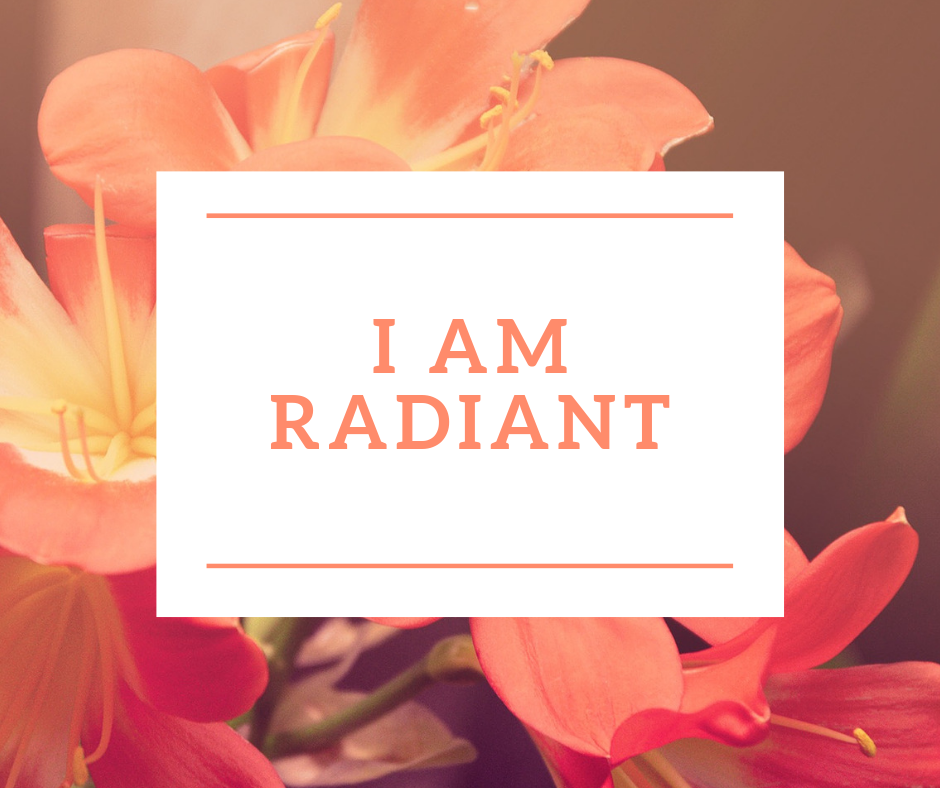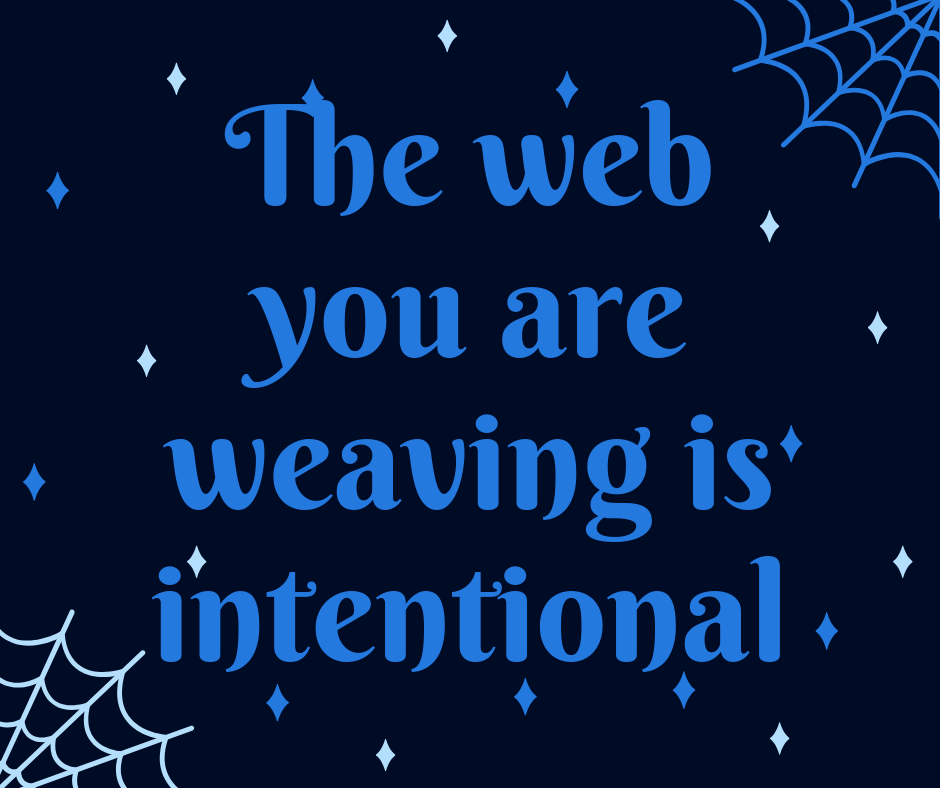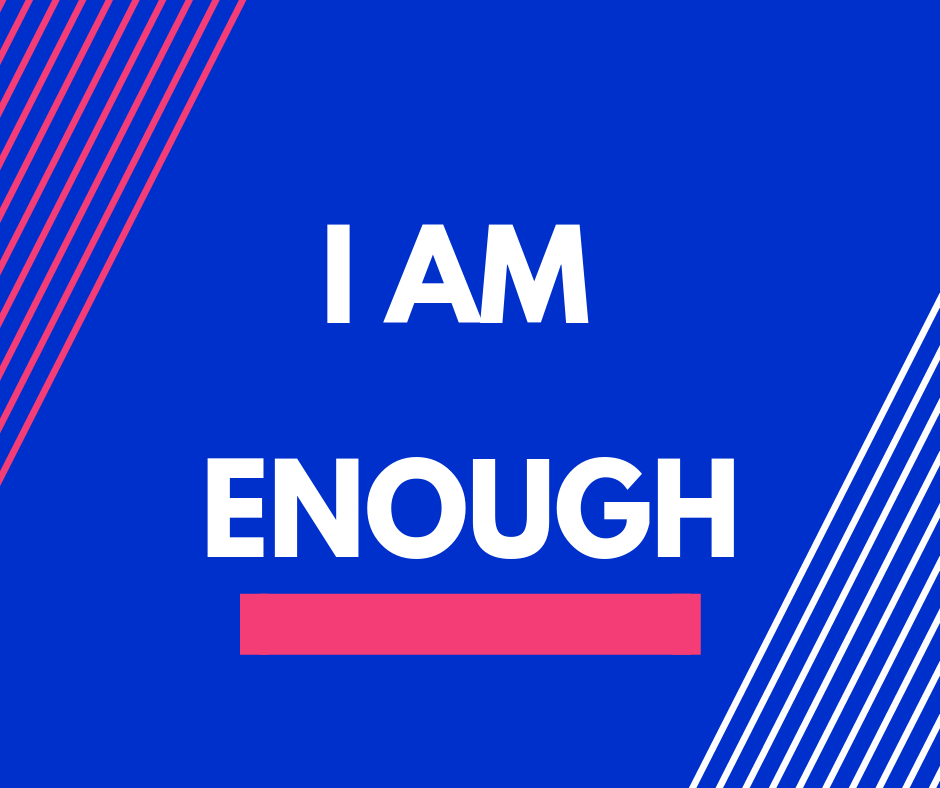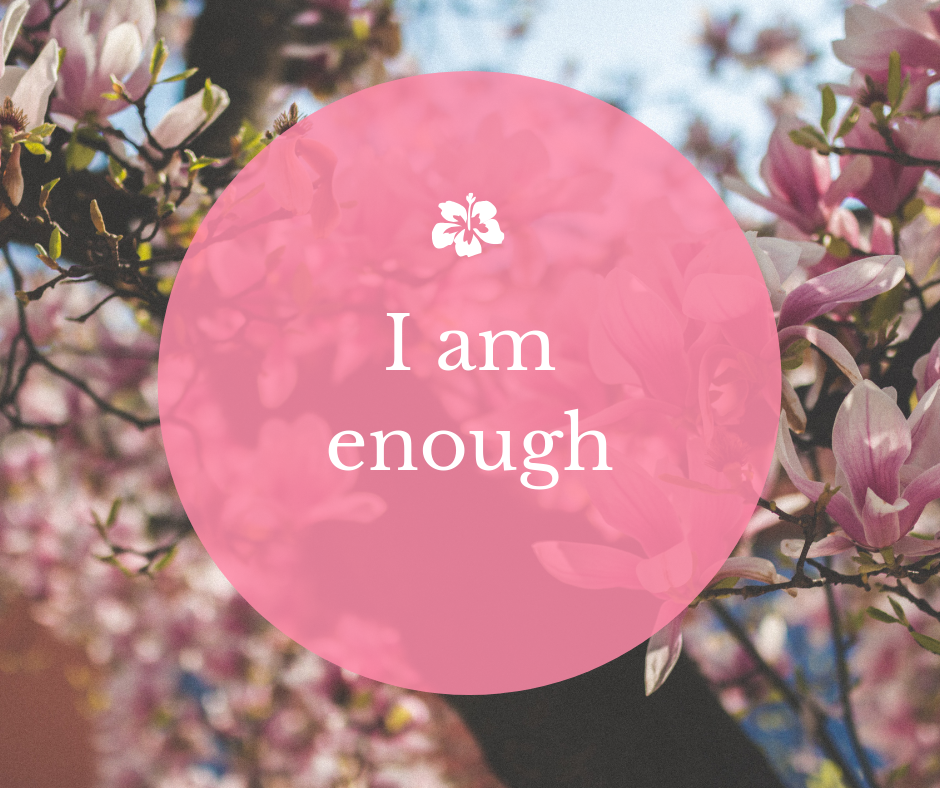The Hamilton + Yoga blog series explores the tenets of yoga philosophy through the lens of the Broadway musical, Hamilton. All Hamilton quotations included in these blog posts are the work of creative genius, Lin-Manuel Miranda. Please be aware that these essays include spoilers for the musical, Hamilton. If you haven’t seen or heard the musical, you can buy tickets here, listen to the music here, or read the libretto here, and then come back and enjoy!
Note: as an Amazon Affiliate, I earn from qualifying purchases from the Amazon links included on this blog
If I had to pick just two activities I love most in the whole world, it would probably be singing show tunes and yoga. I grew up as a lover of musical theater and a performer in many school, community, and professional shows. Although I was shy off-stage, when I was on stage I blossomed. I loved to sing and act, and was a self-professed “theater nerd.” So you can imagine my excitement when I was going through my yoga teacher training in 2006 and found out that there was a whole style of yoga that was all about singing! Granted, the singing in yoga is not about performance as much as it is a way of expressing devotion and meditating on sound & vibration, but the practice still brought forth many of the same things I loved, particularly getting to sing with and for groups of people.
As a person who navigates both the worlds of theater and yoga, I have news that some of you may be surprised, and perhaps excited to hear: singing along to the Cast Recording of Hamilton is a form of yoga and meditation practice!
Don’t believe me? Read on for an explanation of how Hamilton is not just a fun show to watch, sing along to, or perform as a group karaoke experience, but that it actually re-wires your brain and nervous system, and sparks feelings of bliss and relaxation, just like if you attended a yoga class!
First, some yoga/meditation definitions:
Mindfulness - according to noted meditation expert Jon Kabat-Zinn, mindfulness means “paying attention, on purpose, without judgement, and in the present moment.”
kirtan - call-and-response devotional chanting; usually practiced in a group. If you’re interested in seeing a clip from my old kirtan band, The Shaktis, you can check it out here. Studies have shown that kirtan chanting in groups leads to increased feelings of happiness and respiratory function.
Japa meditation – repeating a mantra out loud,often with a mala (prayer beads)
Ajapa meditation - repeating a mantra silently
Mantra - a word or phrase that is repeated to protect and uplift the mind
Almost all forms of “yoga singing” consist of repeating a mantra, or a sacred set of words or sounds. The word mantra translates to mean “mind protecting.” When we repeat something it occupies the space in our minds so that we can’t get preoccupied with worries or fantasies, things that take us out of the present moment and into fantasyland.
Now the part where I blow your mind: When we sing along or even just listen to the Hamilton Original Broadway Cast Recording (you know how serious of a theater nerd I am because I have correctly labeled it a “cast recording” and not a “soundtrack”), our minds get focused on the music and lyrics, allow us to be completely present for what is actually happening, so that we don’t get distracted or carried away with other thoughts, stories, or worries. Unlike at a performance, when we sing along to the recording, it is simply about having fun, and being in the moment. No one is there to judge the quality of our voices or theatrical expression, not even our own judgmental minds.
So you see, when we are singing along to the music from Hamilton in our car or in the shower (who doesn’t love the great acoustics in there?!) we are actually practicing japa meditation, and mindfulness. When we sing for ourselves, we are focused on the music, in the present moment, and not worried about judging the sound that comes out of our mouths (but really, we all sound Broadway quality when belting out a verse of Satisfied in our cars, amirite??).
When we head out to a night of singing along to Hamilton with a bunch of other fans, like at Hamiltunes DC, it is a similar experience and effect to chanting as a group in kirtan (albeit without the devotional focus, unless you consider people crazy enough to sing the entire score of Hamilton as a group at a bar on a Saturday night a group of devotees…perhaps they/we are!).
In addition to singing being a form of japa meditation, any form of singing is also a form of what the yogis call pranayama, or breathing practice/control. When we sing, we need to take deep breaths to support the and keep the sound going for the whole musical line. Deep inhales are needed in order to have enough breath to sustain long notes, and our exhales are naturally lengthened when singing, especially when holding those long notes at the climax of the song Burn. Deepening and lengthening our breath, especially our exhale, leads to activation of the para-sympathetic nervous system which is responsible for the relaxation response. No wonder singing is so calming, it’s literally changing the way our minds and bodies respond to stress in the moment - it’s a natural stress reliever! If you’ve ever belted out a dramatic version of Burn or expertly rapped all of Lafayette’s verse in Guns & Ships you’ve definitely deepened and lengthened your breath a whole lot! When we sing, we often feel happier and more blissful - there are many reasons for this, but the breath and activation of the parasympathetic nervous system definitely plays a big part - it’s just like if you went to a yoga class with a really great yoga teacher who led you through yogic breathing practices.
Mantras are a form of yogic meditation. They are often practiced 108 times, or a multiple of 108 times. The reason for this is said to be because there are 108 energy channels in the body, so when you repeat the mantra 108 times, it gets infused into each of your energy channels. As a side note, the number 108 is a sacred number in many spiritual traditions, and I will be doing another blog post on the significance of this number and its relationship to the musical, Hamilton, soon (once it’s completed, I’ll link to it here)! The more you repeat a mantra, either out loud or silently, the more power it gains in your heart and mind. By the end of the Hamilton cast recording, the mantras “Rise Up”, “I’m not throwing away my shot” and others have been repeated many times (I am not enough of a fanatic to go through the score and count up the total numbers, but if someone else wants to do that, please let me know the counts!).
Although traditional mantras are often repeated in Sanksrit, English mantras (sometimes known as affirmations), like those in Hamilton can also be extremely powerful. Here are a few of my favorite Hamilton Mantras:
I'm not throwing away my shot
That would be enough
Who lives, who dies, who tells your story
Take a break
Rise up
Look around at how lucky we are to be alive right now
I wanna be in the room where it happens (okay, this one may have been ruined by current events)
As you think through your favorite Hamilton lines, what other mantras get repeated in the show that resonate with you? What mantras do you repeat to yourself in your everyday life?
I hope at this point I’ve convinced you about the connection between yoga and singing Hamilton songs! If not, I’ve got a bunch more blog posts on the yoga/Hamilton connection coming soon, so just you wait, just you wait (see what I did there?!)!
Until next time..
Your Obedient Servant,
A. Creel














